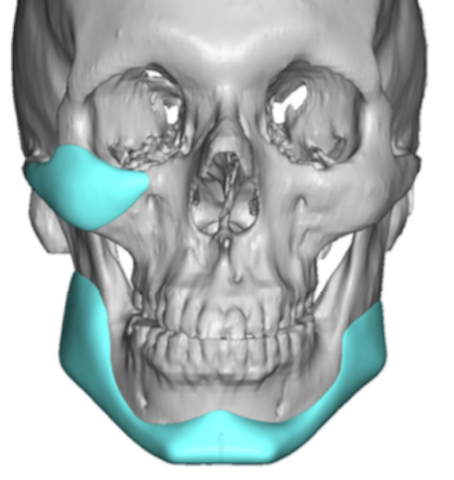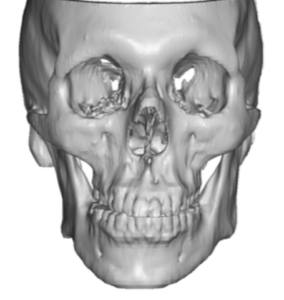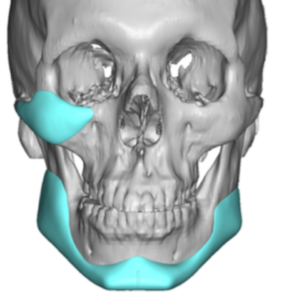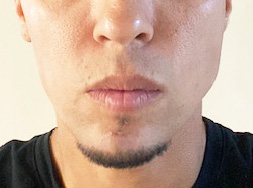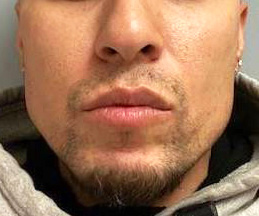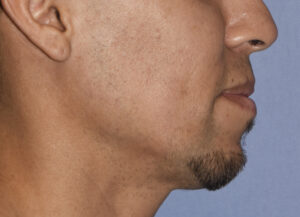Background: Facial asymmetry affects the face in seemingly variable and unpredictable ways. But in reality most facial asymmetries are relatively complete (affects the entire side of the face) if one looks closely enough and follows one of two patterns. (lower/inferior and upper/superior types) In other words they are more predictable than they may appear.
In lower facial asymmetries the jawline is most affected as seen by a chin deviation towards the smaller side and a jaw angle that is frequently lower and less wide than the other side. More superiorly the ipsilateral cheek is flatter and more inferiorly located. The eye/orbital box may be lower as well.
Correction of the chin/jaw asymmetry is the cornerstone procedure in lower facial asymmetry. This is what bothers the patient the most. There are multiple ways to correct a jaw asymmetry but it comes down to how to straighten the chin and widen and lengthen the jawline behind it. Historically moving the chin bone over to the facial midline and adding an implant to the jaw angle is how it has been treated. But that is a limited approach that provides incomplete correction of the lower facial asymmetry.
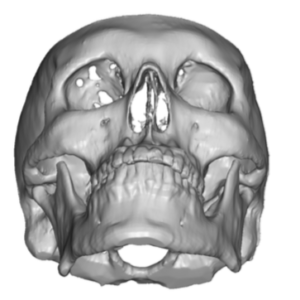
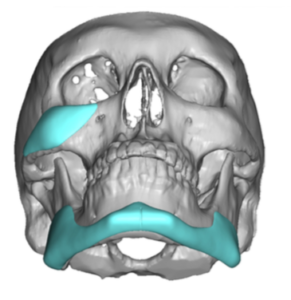
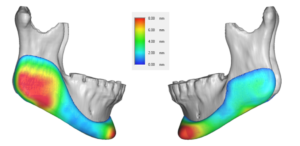
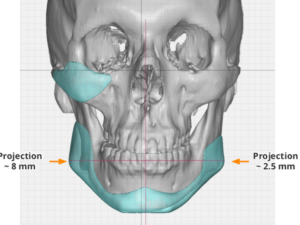
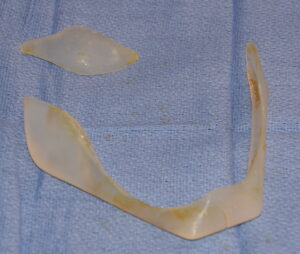
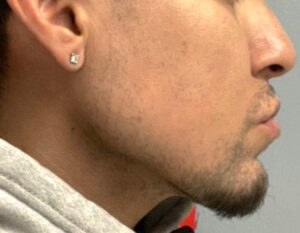
The custom implant design approach offers the best opportunity for an optimal facial asymmetry result when skeletal deficiencies are a major part of them. In lower jaw asymmetries some men opt to create more than just an asymmetry correction but a total jawline augmentation effect. This is made possible by the custom jawline implant design process.
Case Highlights:
1) An inferior-based facial asymmetry affects the jawline the most and becomes less so higher up in the face.
2) The most common combination of custom implants for lower facial asymmetry correction is that of the jawline and cheek.
3) Many men who undergo a custom jawline implant for a lower facial asymmetry decide to go for an overall jawline augmentation result.
Dr. Barry Eppley
Indianapolis, Indiana

